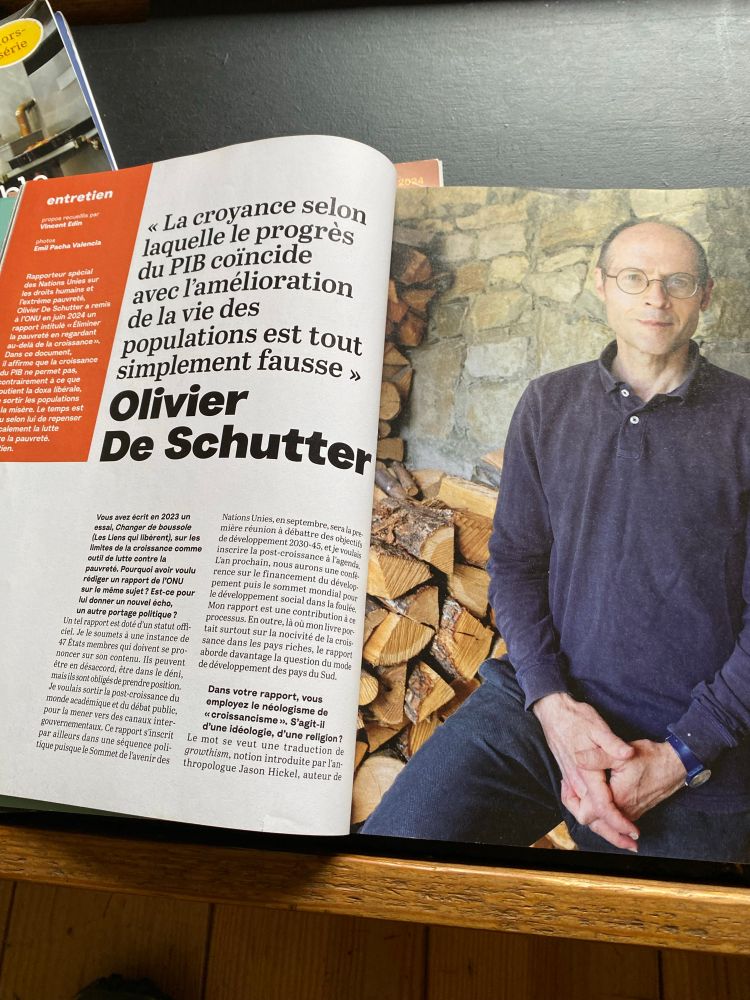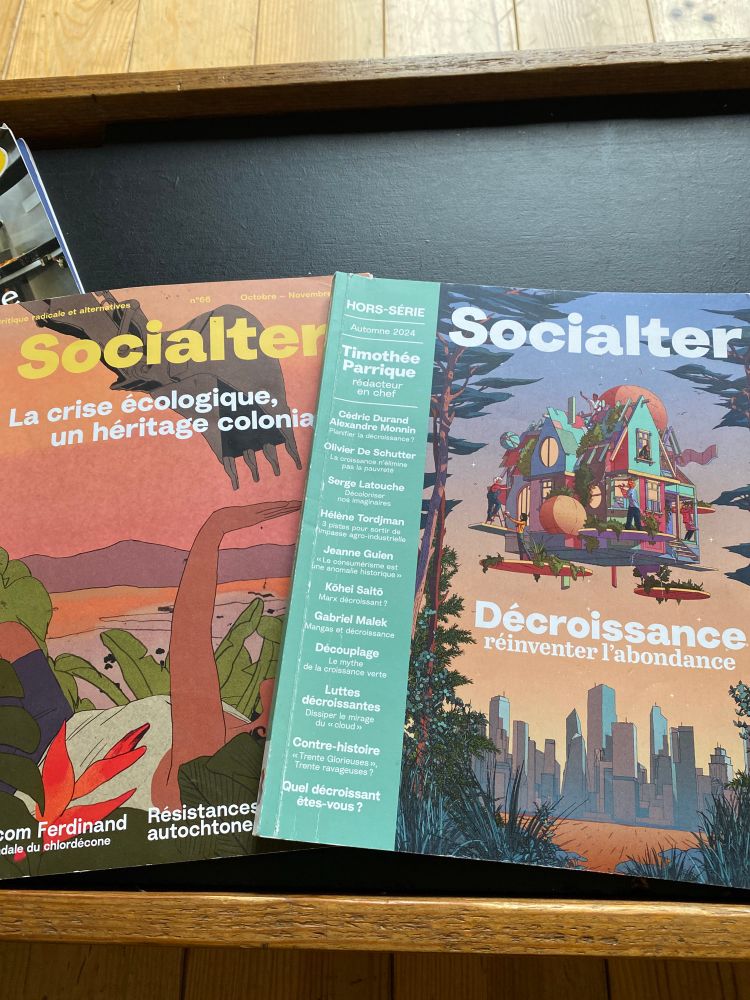The first-of-a-kind study looks at global biofuels production today and the potential impacts of government biofuel targets.
🧵⤵️

by Olivier Honnay — Reposted by Hans Henrik Bruun, Ben Bond‐Lamberty, Richard Betts
📅 Start date: no later than December 1st.
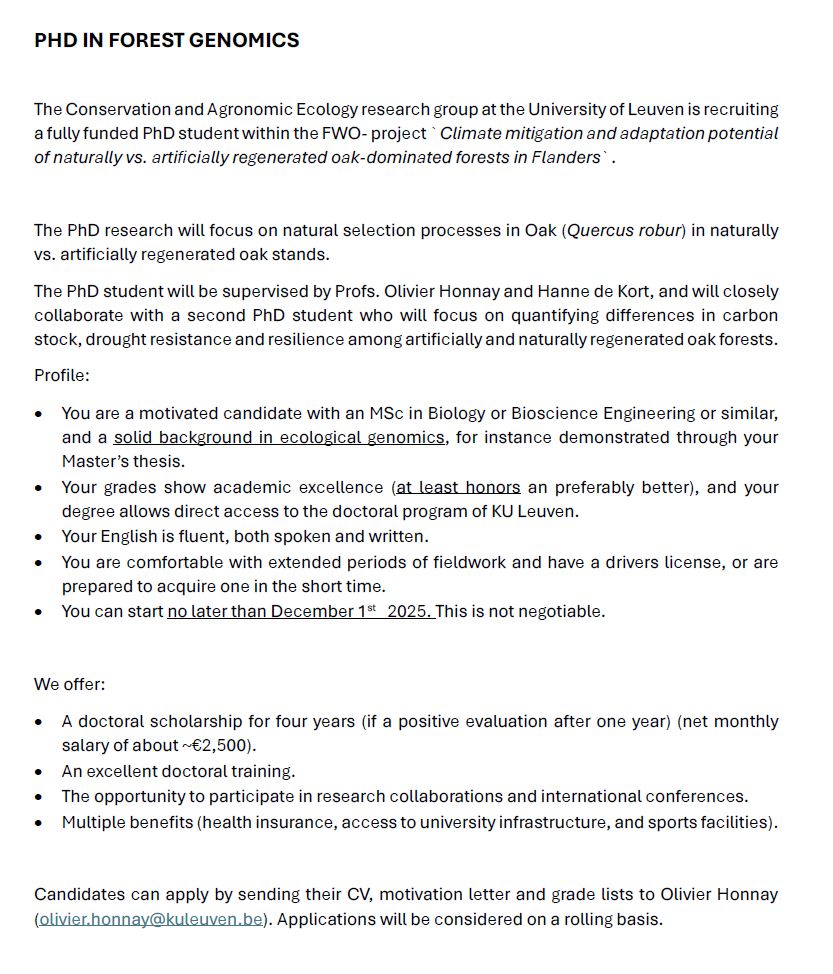
Reposted by Olivier Honnay
Reposted by Olivier Honnay
Long-term study finds "NP fertilization substantially augments both the quantity and stability of soil organic carbon stocks."
scienmag.com/long-term-n...

Reposted by Olivier Honnay


1 Bruges hoet of wheat = 172 l ≈ 4.88 Winchester bushels.

Reposted by Olivier Honnay

Reposted by Olivier Honnay
2 of the top 3 are food related:
#1 - Haber & Bosch, for synthetic nitrogen (2.3 billion)
#3 - Norman Borlaug, for high-yield crops (245 million)
Data source:
www.scienceheroes.com

Reposted by Olivier Honnay
www.odisee.be/lector-agro-...
Start: het nieuwe academiejaar
Solliciteren: asap!
Diverse opdracht, 50-100% ifv invulling.
Reposted by Olivier Honnay
www.theguardian.com/environment/...
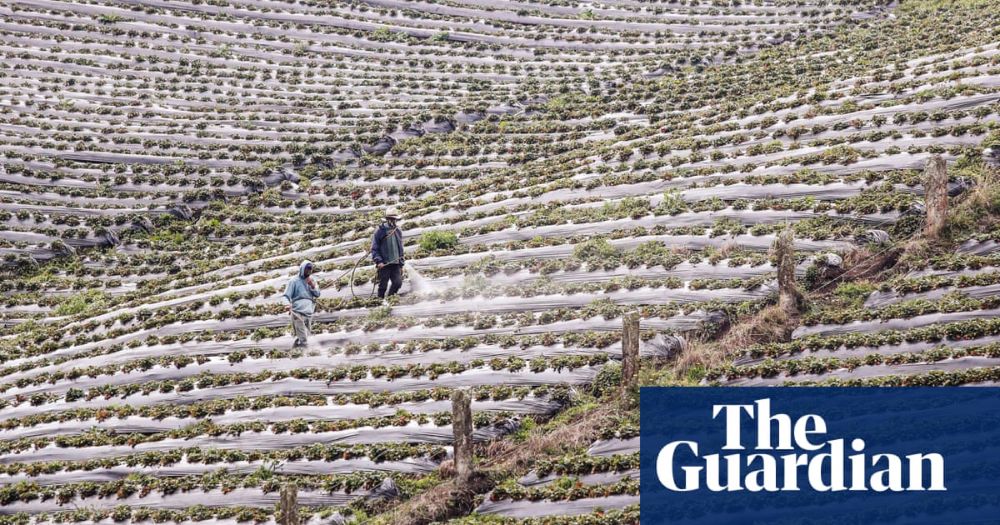
Reposted by Olivier Honnay

Reposted by Olivier Honnay
Land and labor are two of agriculture’s primary inputs. To build a food system that works for people and the planet, humanity needs to achieve high productivity in both of them.
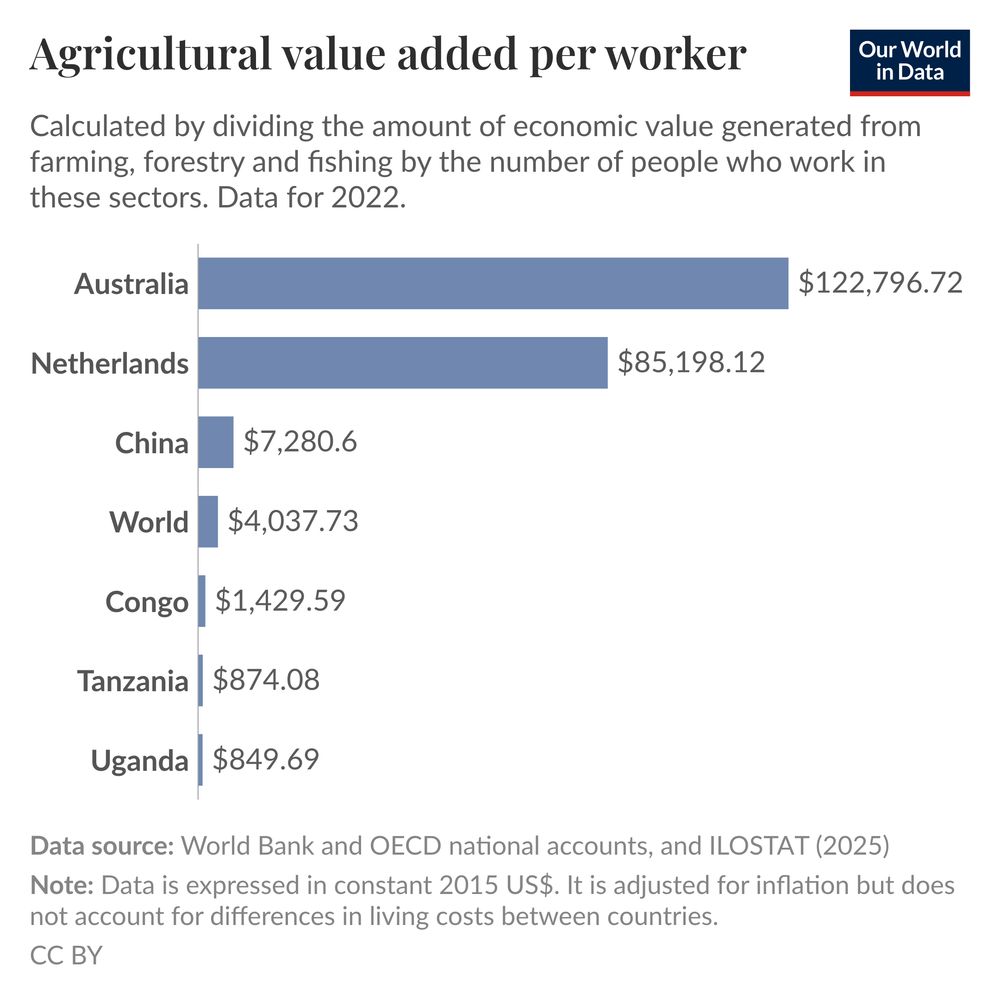
Reposted by Olivier Honnay

Reposted by Olivier Honnay, Patrick Dunleavy

Not even close.
At their peak, wild ruminants incl. bison emitted ~15 Tg CH₄/yr
Today’s 4+ billion farmed ruminants emit over 100 Tg CH₄/yr
That’s nearly 7x more methane.
essd.copernicus.org/articles/17/...
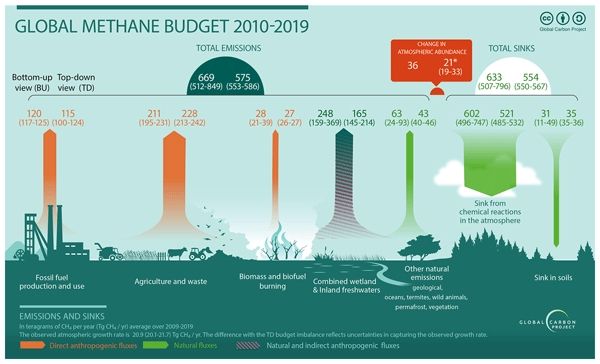
Reposted by Olivier Honnay
https://go.nature.com/43HXMwE

Reposted by Olivier Honnay


Reposted by Olivier Honnay
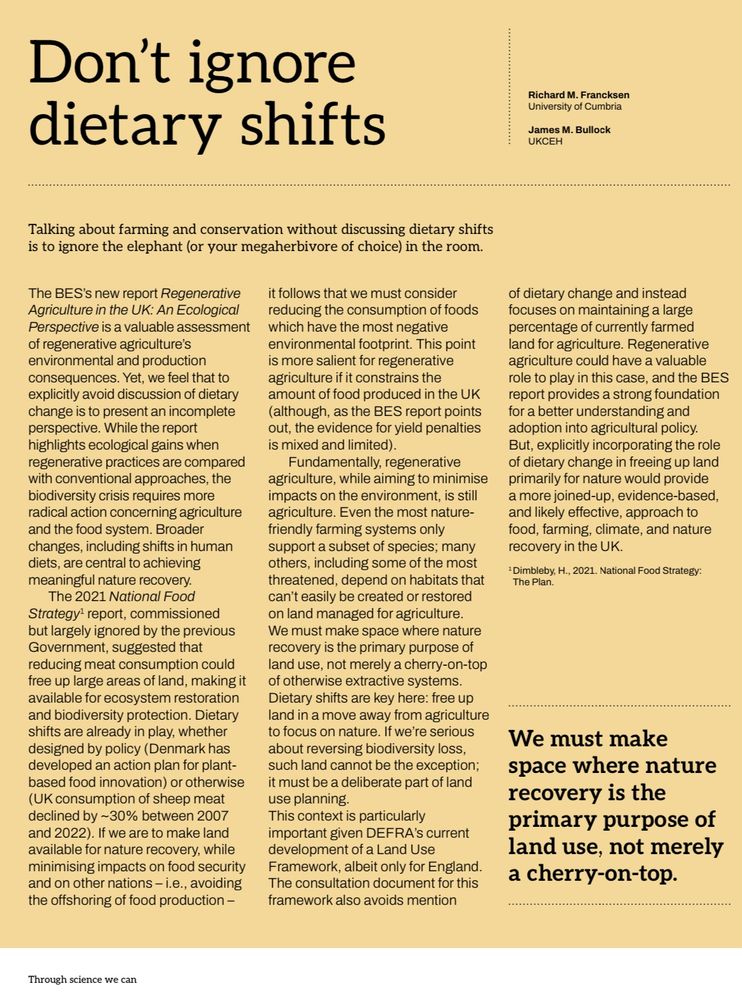
Reposted by Olivier Honnay
Yes. But it's not going to happen without major dietary change.
Eg we can't have grass-fed beef (the most land-hungry of all products) and rewilding. In fact, it drives a massive de-wilding.
At this point, half the enthusiasts shuffle away.
Nitrogen does matter.
And orthodox agroecology will very likely not deliver the required productivity gains.
by Olivier Honnay — Reposted by Rob Marchant
=> Would require *tripling* current annual yield increase to achieve cereal self-sufficiency.
=> Big differences between E & W Africa due to differences in nitrogen fertilization regime.
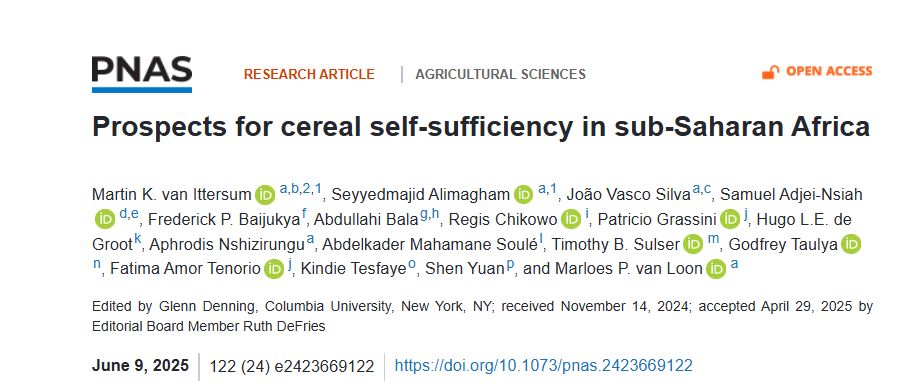
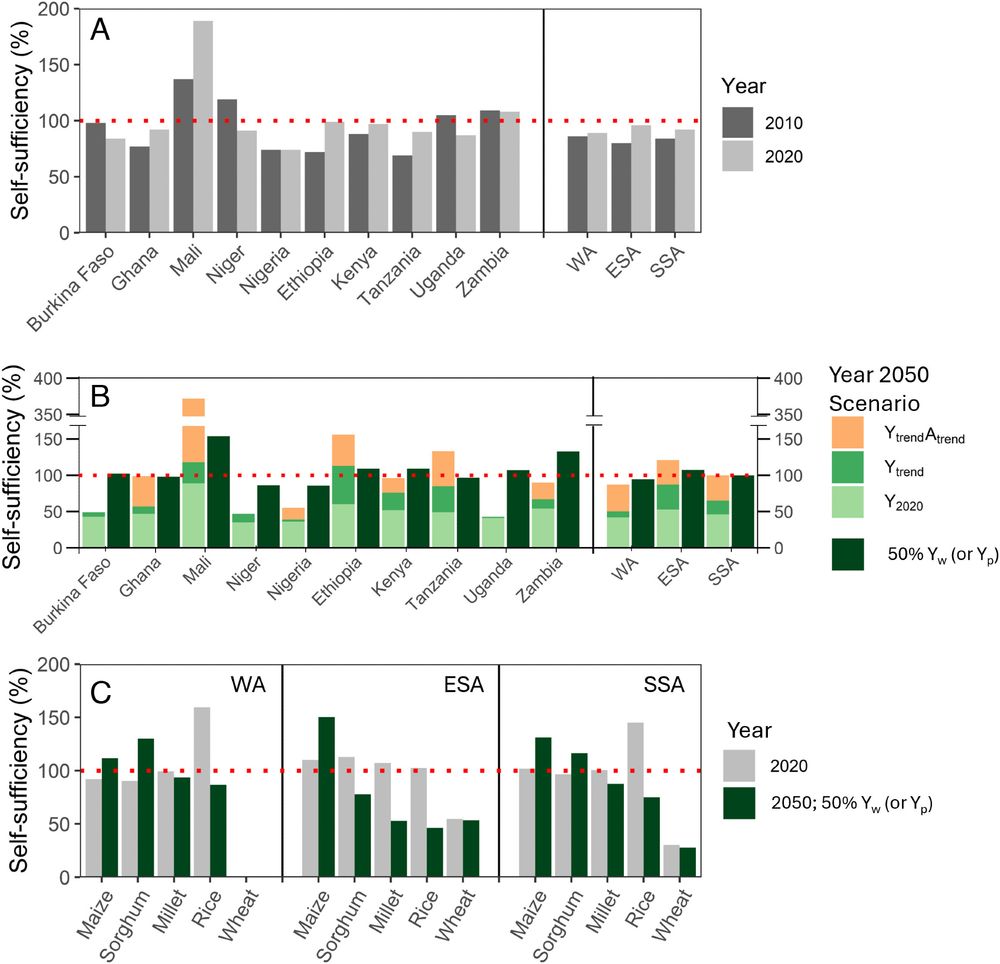
Reposted by Olivier Honnay, Halley E. Froehlich
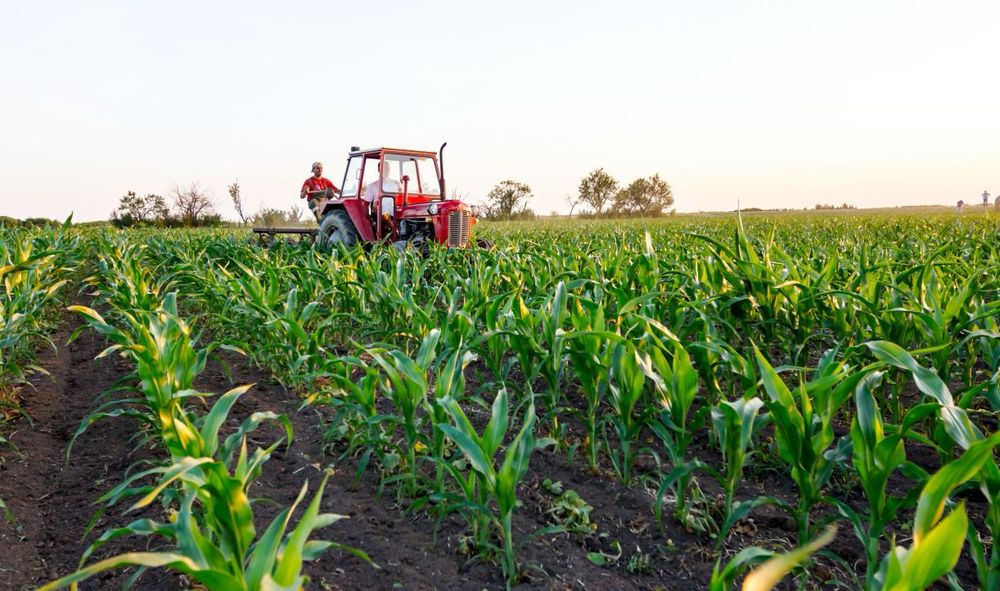
Reposted by Olivier Honnay
zslpublications.onlinelibrary.wiley.com/doi/10.1111/...




